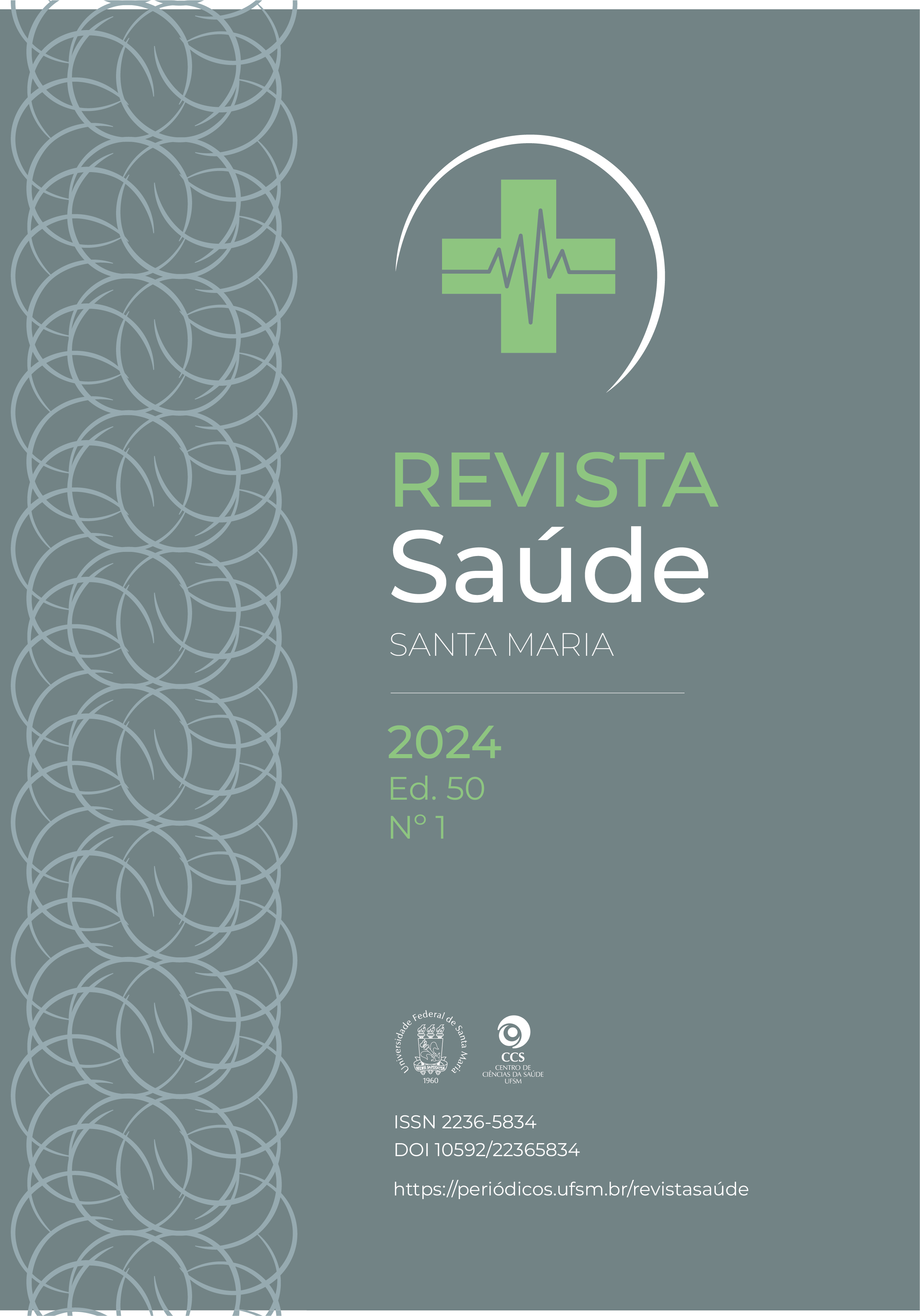Accidental subdural anesthesia after epidural puncture: case report ocurred at a university hospital
DOI:
https://doi.org/10.5902/2236583486658Keywords:
Subdural space; Anesthesia, epidural; University HospitalAbstract
Epidural anesthesia is a procedure performed worldwide due to its safety and benefits offered to surgical patients. The subdural space is a virtual space that is located between the arachnoid and the dura mater. Accidental punctures in this space are rare to occur. The objective of this article is to report a case of accidental subdural anesthesia during a surgical procedure to correct an epigastric hernia at a University Hospital located in the interior of Rio Grande do Sul in 2023. The patient in question evolved as expected according to the chosen anesthetic technique. As the surgery progressed, the patient developed desaturation, decreased level of consciousness, and orotracheal intubation was performed. At the end of the procedure, the patient was sent to the Post-Anesthetic Recovery Room (PACU) intubated, on mechanical ventilation and with adequate sedoanalgesia. The patient maintained all vital parameters stable, with low ventilatory parameters and without the need of vasoactive drugs. After an hour and a half, extubation was performed without any type of complications. The hypothesis of subdural block was raised due to the occurrence of intense sensory and motor block, with negative liquor aspiration and late onset of the block. Appropriate anesthetic management was instituted according to the patient’s needs (in addition to basic intraoperative monitoring, orotracheal intubation and mechanical ventilation, consciousness monitoring and neuromuscular blockade were performed). Although subdural block is a very uncommon event in epidural anesthesia, it can occur and early recognition and appropriate management are fundamental.
Downloads
References
Lubenow T, Keh-Wong E, Kristof K, Ivankovich O, Ivankovich AD. Inadvertent subdural injection: a complication of an epidural block. Anesth Analg. 1988 Feb;67(2):175-9. PMID: 3341567, Anesth Analg. 1988;67:175-9.
França M. A., Araujo S. A., Abreu E. M. F., , JorgeJ. C. Anestesia peridural: vantagens e desvantagens na prática anestésica atual. Rev Med Minas Gerais 2015; 25 (Supl 4): S36-S47. Disponível em: file:///G:/2024%20TCC%20ANESTESIO/2024%20TCC%20ANESTESIO/2%20ROSEANESTESIA%20PERIDSURAL%202015%20REVIS%C3%83O.pdf.
Agarwal D, Mohta M, Tyagi A, Sethi AK. Subdural block and the anaesthetist. Anaesthesia Int Care 2010;38(1):20-6. Disponível em: https://aaic.net.au/document/?D=20090303.
Song J, Shah A, Ramachandran S. Case report: rare presentations of accidental subdural block in labor epidural anesthesia. Open J Anesthesiol. 2012;2:142-5. doi:10.4236/ ojanes.2012.24032
Vasquez CA, Tomita T, Bedin A , Castro RAC. Anestesia subdural após punção peridural: relato de dois casos. Rev Bras Anestesiol. 2003;53(2):209-13. http://dx.doi.org/10.1590/ S0034-70942003000200008.
Machado, E. G., et al. “Anestesia subdural acidental após punção peridural: relato de caso/Anestesia subdural acidental após punção peridural: relato de caso.” Revista de Medicina , v. 97, não. 4, julho-agosto. 2018, pp. Gale Academic OneFile , link.gale.com/apps/doc/A582356868/AONE?u=googlescholar&sid=bookmark-AONE&xid=a5e29ff8 .
Downloads
Published
How to Cite
Issue
Section
License
Copyright (c) 2024 Christine Horner, Bernardo Schepa Leal, Andreas Horner

This work is licensed under a Creative Commons Attribution-NonCommercial-NoDerivatives 4.0 International License.
A Declaração de Direito Autoral e os itens a serem observados podem ser visualizados no seguinte link: http://cascavel.ufsm.br/revistas/ojs-2.2.2/index.php/seculoxxi/information/sampleCopyrightWording





